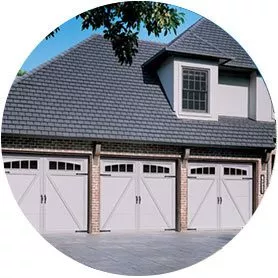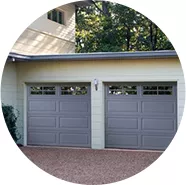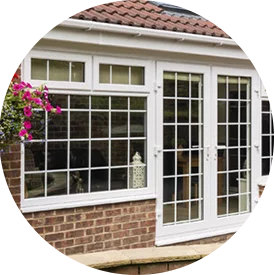Federal consumer safety regulations require all garage door opener (GDO) systems to include sensors “to protect against entrapment.” It was updated in 2016 with new standards for GDO edge sensors.
If you think the garage door sensors are more of a nuisance than an operational aid, think again! Children and pets make fast, unpredictable movements, and they are most likely to suffer injury if a GDO malfunctions.
Why We Need Garage Door Sensors
GDO sensors are located close to the ground. The main reason we need garage door sensors is to protect property and people from injury. Unfortunately, burglars see GDOs as a great opportunity to sneak inside a garage. If your door hesitates or delays shutting, it’s a clue something or someone may have blocked the opening, even for a second.
Like your plumbing, heating and cooling systems, it’s important to keep your home’s garage door opener and sensors in good working order.
How They Work
Two aligned sensors are located on either side of your garage door, about 6″ from the floor. An infrared beam passes between the sensors and if anything blocks the beam, the door automatically stops. Many garage door systems are “universal.” This means they’ll work with most brand-name GDOs to provide the same level of safety and security.
6 Garage Door Maintenance Tips
Never attempt to “fix” the cables that raise and lower your door. They have enough tension to cause serious injury or death. If you suspect your rollers or cables need repair, contact your local overhead garage door technicians immediately.
Here are 6 maintenance tips to keep your garage door opener and its sensors working effectively:
- Clean the sensors – The sensor “eyes” can get dirty; simply wipe them clean occasionally.
- Look/listen – Pay attention to your door’s appearance as it rolls up and down. Listen for unusual sounds.
- Replace the weatherstripping – The rubber strip on the bottom of your door can crack and deteriorate with age. You can buy replacement strips at most hardware/home improvement stores.
- Test the sensors – Put a small object on the ground in the door’s path. The door should immediately reverse when it touches the object. As it’s coming down, pass your leg into its path. The door should immediately reverse.
- Visually inspect the door – Look for cracks or warps in the wood. Steel doors may develop rust spots that need to be treated.
- Wash your door – You should consider using a mild all-purpose cleaner or even soap and water to clean your door at least once every 2-3 months or more.
Clues Your Garage Door Opener Sensors Are Malfunctioning
The main causes of GDO sensor problems are dirty lenses, damaged components or misalignments. Your first task is to clean the lenses. If that isn’t the fix, it’s time to call your Central Indiana garage door professionals.
If one or both sensors malfunction:
- Your door may stop midway and reverse direction.
- It might not open.
- It may open but not close.
- You may see a flashing light on the sensor’s overhead unit or wall panel.
What Do the Lights and Colors Mean?
Your GDO manufacturer will have detailed information about your opener and sensors on its website. Flashing lights indicate a problem. A glowing amber light is normal; it’s usually part of the door’s descending “line of sight” or the “transmitter.”
Generally speaking:
- Green is good. Your “receiver” is a green LED and should be on.
- Red is a problem.
Central Indiana Garage Doors & Openers
Overhead Door Co. of Indianapolis and Muncie is proud to be the most knowledgeable and experienced provider of garage doors and openers sales and service for homes and businesses.
Be sure to check out our specials. Call 317-842-7444 in Indianapolis or 317-842-7444 in Muncie, or contact Overhead Door Co. to learn more about garage door sensors.













